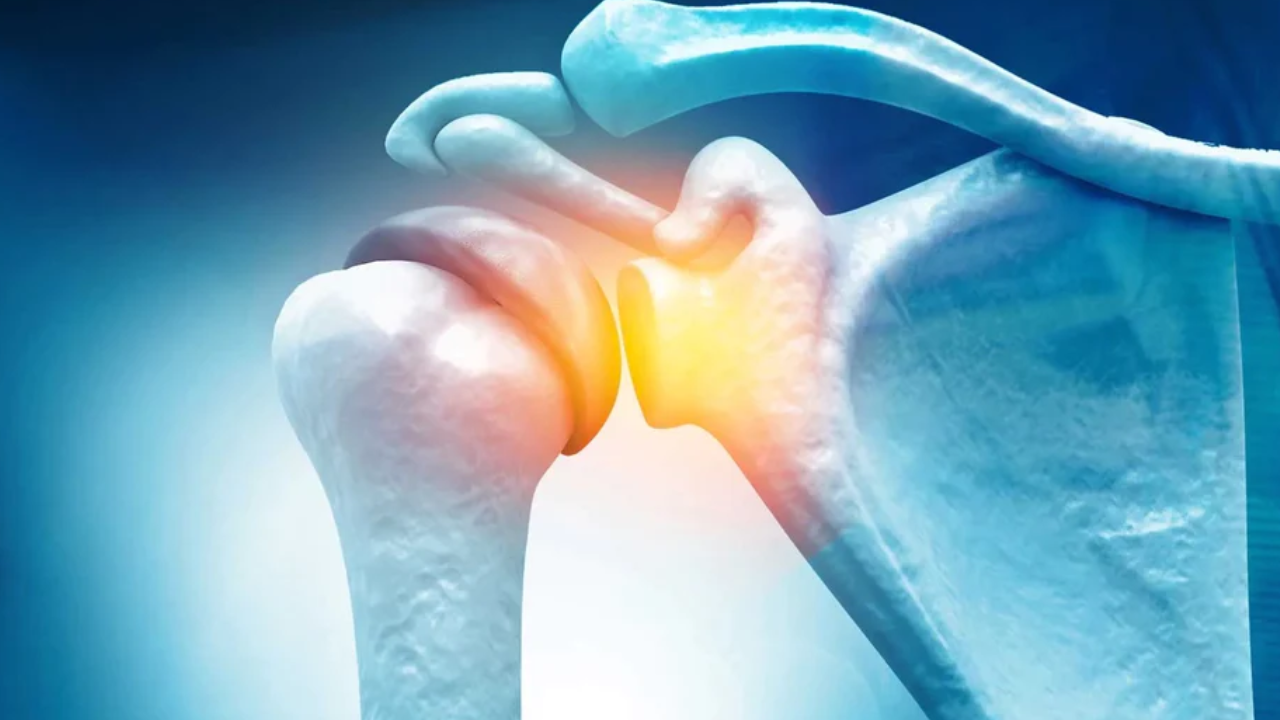The term “low-level laser therapy” (LLLT) refers to photobiomodulation or laser treatment for pain and is a kind of minimally invasive surgery that uses low-level lasers or light-emitting diodes (LEDs) to decrease pain and hasten healing. Certain light wavelengths are given to particular body areas through a process called photobiomodulation to penetrate the epidermis and promote cellular activity.
This stimulation increases adenosine triphosphate (ATP) synthesis, promotes endorphin release, enhances cellular function, and speeds up pain, inflammation, and tissue repair. As a safe and effective substitute for traditional pain management methods, laser therapy for pain treatment is widely used to treat a variety of musculoskeletal conditions, neuropathic pain, and inflammatory disorders.
Factors Affect Pain Relief with Laser Therapy
We can delve into the multifaceted components that impact the effects of laser therapy for pain remedies.
Wavelength and Power Density
The selection of wavelength and energy density is essential to the fulfillment of laser therapy. One-of-a-kind wavelengths penetrate tissues to varying depths, influencing the treatment’s capability to reach target structures. Power density, measured in watts according to rectangular centimeters, determines the electricity introduced to the tissue. Those parameters are tailor-made primarily based on the specific condition being treated and play an essential function in the healing consequences of laser therapy.
Tissue Kind and Composition
The composition of tissues, including skin, muscle, and bone, influences the absorption and penetration of laser light. Each kind of tissue has a unique reaction to light, and information about these interactions helps healthcare carriers customize remedy protocols. Factors like melanin and hemoglobin content affect light absorption, emphasizing the want for a nuanced technique in numerous affected person populations.
Length and Frequency of Periods
The duration and frequency of laser therapy classes are crucial determinants of remedy efficacy. The cumulative impact of multiple periods through the years regularly produces more sustained ache relief. The finest frequency may additionally range based totally on the severity and nature of the ache, with some conditions responding better to common, shorter classes, even as others advantage from longer durations between remedies.
Strength Dose and remedy Protocols
The electricity dose delivered through every laser remedy consultation is a key aspect in achieving therapeutic consequences. Remedy protocols, consisting of the total electricity dose and the range of factors dealt with, are carefully designed to maximize advantages while warding off adverse outcomes. Balancing the electricity dose is crucial, as insufficient strength may additionally result in suboptimal effects, even as immoderate electricity can also result in tissue harm.
Condition-precise Issues
One-of-a-kind pain situations reply uniquely to laser remedy. As an example, musculoskeletal pain may additionally require a focus on trigger factors and particular muscle companies, whilst neuropathic pain may gain from broader insurance to target nerve pathways. Tailoring laser remedy procedures to the intricacies of every circumstance guarantees a more precise and effective treatment strategy.
Affected Person Traits
The characteristics of the patient, consisting of age, normal health, and character reaction to remedy, play a pivotal function in the fulfillment of laser remedy. Elements that include pores and skin pigmentation and the presence of comorbidities can also impact the absorption of laser light. Understanding those individual variations lets healthcare carriers personalize treatment plans for the best outcomes.
Inflammation and Restoration Reaction
Laser remedy modulates inflammation and promotes the frame’s herbal restoration response. The degree of infection and the degree of tissue healing impact how a patient responds to treatment. Laser remedies can boost the decision of infection and beautify the restoration manner, specifically in acute accidents or post-surgical recovery.
Complementary Remedies
Laser remedy is frequently incorporated into comprehensive pain management plans that consist of different modalities along with bodily therapy, workouts, and medications. The synergistic outcomes of combining laser therapy with complementary remedies contribute to a holistic approach, addressing multiple sides of pain and selling overall well-being.
Company Knowledge and tool Satisfaction
The expertise of the healthcare company administering laser therapy and the first-rate of laser device used are important elements. A knowledgeable company can optimize treatment parameters, check patient responses, and make necessary changes. Brilliant laser gadgets with specific controls and suitable protection capabilities contribute to the overall effectiveness and safety of the therapy.
Conclusion
Laser therapy for ache comfort is a multifaceted intervention influenced using a myriad of factors. From the technical parameters of the laser device to the specific traits of the affected person, each element plays a function in shaping the effectiveness of the treatment. Healthcare carriers need to navigate those variables with precision to tailor laser remedy protocols that deal with the unique desires of individual patients.
